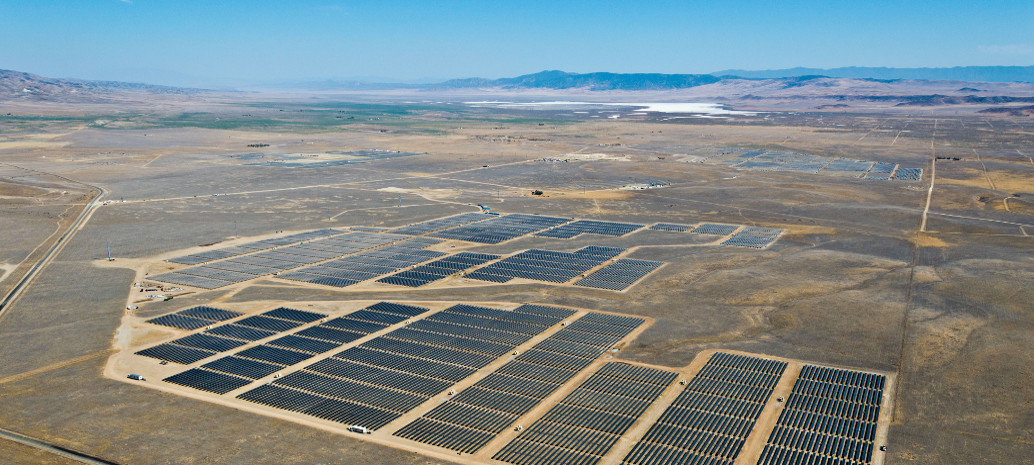In many ways California has led the transition to renewable energy in the United States. As the state continues to build more and more solar and modernizes its approach to electricity planning, it has even begun to deny the continuation of contracts to existing gas plants in favor of clean energy alternatives.
California was one of only three states in 2017 to get more than 10% of its power from solar, but has not stopped there. According to an analysis of data from California’s grid operator compiled by pv magazine collaborator and self-described data geek Joe Deely, in May solar generation in the area managed by the California Independent System Operator (CAISO) rose to a new record of 3.02 terawatt-hours (TWh), representing nearly 17% of in-state generation. With gas falling to only 2.67 TWh, or around 15%, this means that solar provided more electricity for Californians than gas – for the first time ever on a monthly basis.
It is important to note that as CAISO does not track rooftop solar or other solar generation behind a customer meter, all of the solar projects in the state actually generated as much as 50% more electricity than the CAISO figures show.
But as is usually the case, it is important to look beyond these two sources of generation to get a clear picture of what is going on here. While hydro generation has fallen from its high of 18% last May, it still provided 12% of electricity generation during the month, which is higher than in the drought years of 2014 and 2015.

Over the full course of the year California will likely see a lower level of solar generation, as May is the third-sunniest month. However, the long term trend of solar and other renewables replacing gas is clear. Not only has California been using less gas for electricity generation every year for at least the past four years, but in 2017 the United States saw its first year-over-year decline in gas use since 2013.
The United States has been furiously building gas plants for the first two decades of the 21st century, as cheap gas has beaten out both coal and nuclear power on pure economics. However, when you add to the trends in California and nationally the ability of wind and solar plus battery storage to supply power on demand, it points to a limited future for natural gas as a dominant form of electricity generation.
This content is protected by copyright and may not be reused. If you want to cooperate with us and would like to reuse some of our content, please contact: editors@pv-magazine.com.








4 comments
By submitting this form you agree to pv magazine using your data for the purposes of publishing your comment.
Your personal data will only be disclosed or otherwise transmitted to third parties for the purposes of spam filtering or if this is necessary for technical maintenance of the website. Any other transfer to third parties will not take place unless this is justified on the basis of applicable data protection regulations or if pv magazine is legally obliged to do so.
You may revoke this consent at any time with effect for the future, in which case your personal data will be deleted immediately. Otherwise, your data will be deleted if pv magazine has processed your request or the purpose of data storage is fulfilled.
Further information on data privacy can be found in our Data Protection Policy.